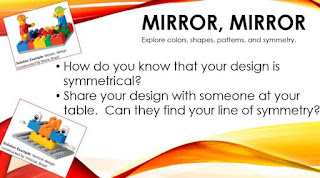Meet my friend, Jodi Grubb.
Jodi is an exceptional children's teacher at Ashe County Middle School and toady she was named the 2016-2017 Ashe County Teacher of the Year. She is most
deserving of this honor and recognition and I’m proud to call her my friend. Jodi
is a fabulous educator who constantly advocates for all students and she always
focuses on the positive. She knows that all students are capable
of learning and pushes them to new heights every day. Jodi doesn't give up on students, even when it looks like all hope is lost. It is during those times that Jodi shines, she will find a way to help that student persevere and reach their goal (even if it means they need to take a nap first!)
Here’s just a few ways that I’ve been a part of the exceptional things that Jodi does:
- If you need someone to remind you why you’re teaching when you’ve had a bad day, Jodi will always have a crazy story from her day that puts your day in perspective.
- If you happen to get stuck on a ferry, you want Jodi on that ferry because she will come up with a song that will make you and 85-8th graders make a happy memory out of a bad and unavoidable situation.
- If you have a crazy idea to implement something into your classroom, Jodi will tell you what a fabulous idea it is and ask how she can help.
- If you need someone to proofread your grant application or portfolio an hour before you need to turn it in, Jodi will read your writing, help you make changes, and actually make you sound intellectual.
- If you lack coordination and have doubts about performing on stage, Jodi will convince you to dance to Uptown Funk in front of the entire school and in the front row and you’ll enjoy it.
- If you want to discuss fractals with someone, Jodi will not only show you how cool they are but tie it into life.
But most importantly, if you want to truly be blessed, spend
a day in Jodi’s classroom to see how hard she works with her students and the great things they accomplish together. I am fortunate to know Jodi and because of her I am a
better person and teacher.
Congratulations, Jodi. I love you!


















































